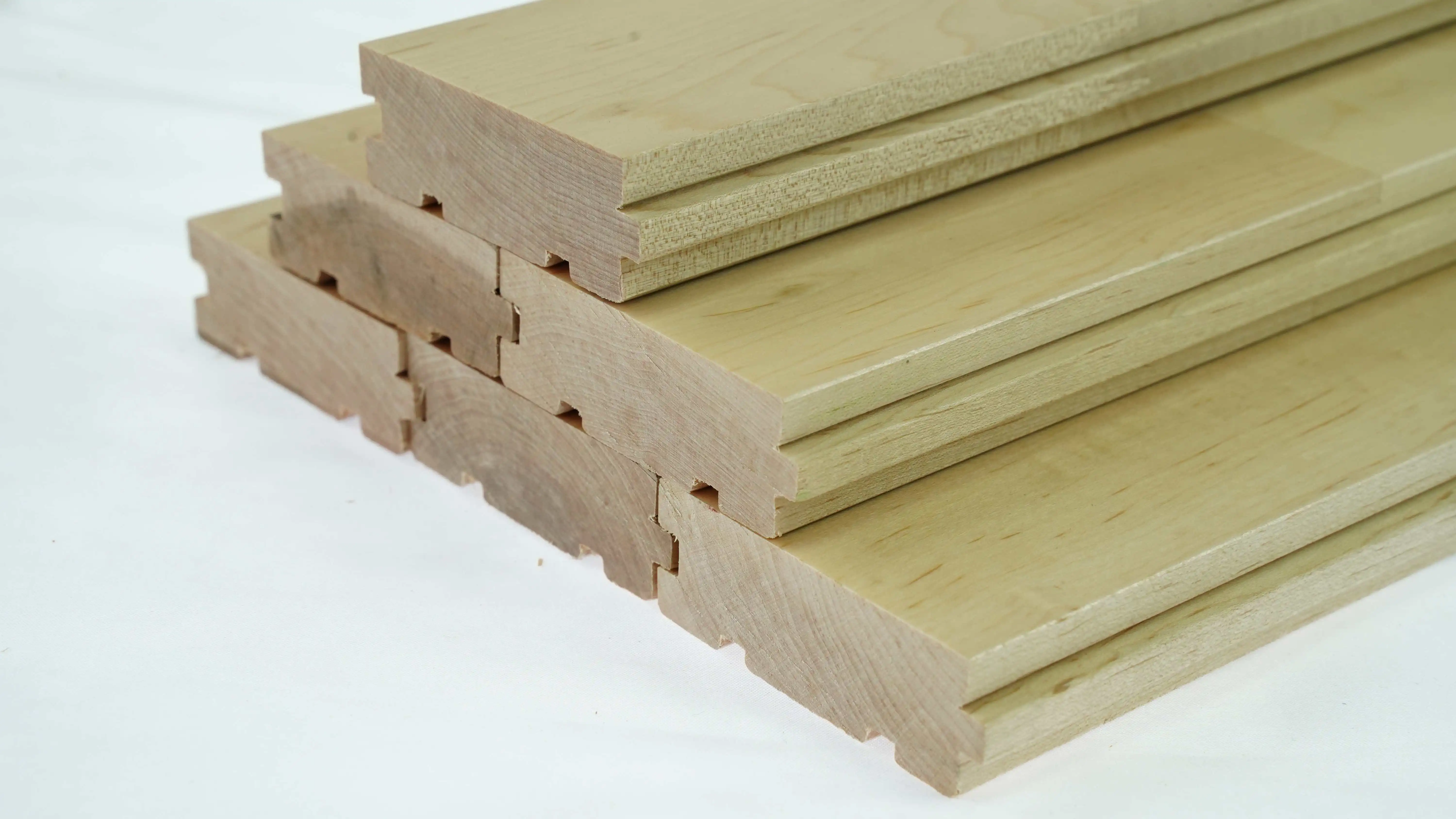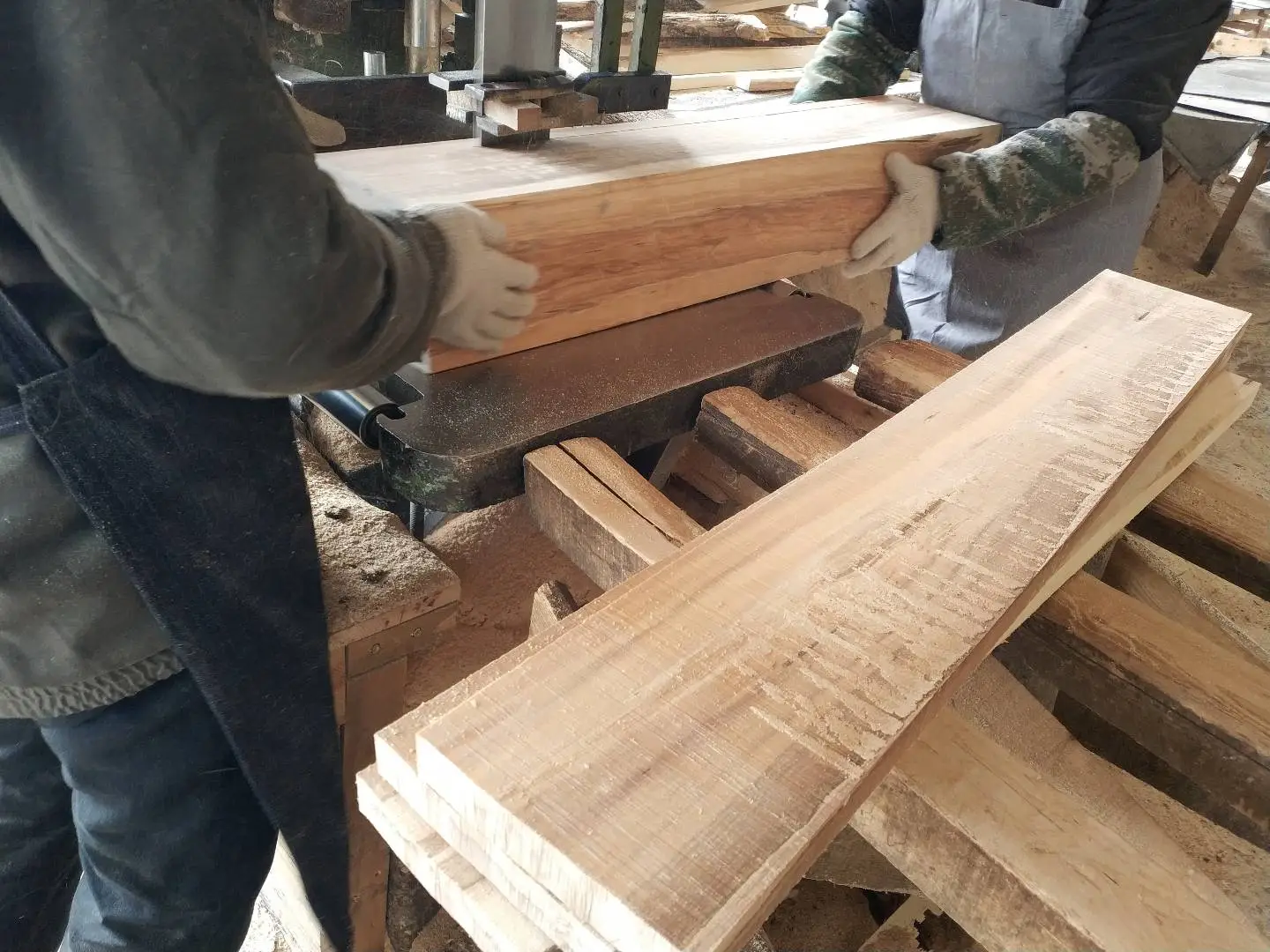Wood Density and Its Impact on the Elasticity and Comfort of Sports Flooring: The Difference Between High and Low-Density Woods
When selecting the ideal material for sports flooring, the density of the wood plays a crucial role in determining both the performance and comfort of the finished product. As a leading manufacturer of hardwood sports floors, we understand that the choice of wood—whether high-density or low-density—can significantly influence the durability, elasticity, and overall playing experience of the floor.
High-Density Hardwood: A Champion of Elasticity and Durability
High-density woods like oak and maple are widely recognized for their resilience and superior performance in sports flooring. These hardwoods possess a tightly packed structure, offering a higher level of resistance to compression, making them ideal for high-impact environments such as basketball courts, gyms, and other athletic venues. The added density of these woods contributes to better elasticity, which enhances the floor’s ability to return energy to athletes during movement, reducing the risk of joint stress and improving overall comfort during play.

Furthermore, the durability of high-density woods ensures that the flooring maintains its appearance and structural integrity even after years of use. Its natural hardness and resistance to wear make it an excellent long-term investment for any sports facility.
Low-Density Woods: Comfort with a Softer Touch
In contrast, low-density woods, such as pine or fir, offer a softer, more yielding surface underfoot. These woods are less dense, which means they provide more cushioning and a slightly “springier” feel. This can be especially beneficial for certain types of recreational or training spaces where comfort and ease of movement are prioritized over maximum durability. The softer surface of low-density woods is gentler on the joints, which may be advantageous for less intense or lighter activities, providing a higher level of comfort during longer play or practice sessions.

However, the trade-off is that low-density woods are generally more susceptible to dents and wear over time. They may not withstand heavy impact or consistent use as well as their high-density counterparts, making them more suitable for spaces that experience lower traffic or lighter activities.
Striking the Balance
For sports flooring, the ideal wood density depends largely on the intended use of the space. For high-performance athletic courts and venues where durability and elasticity are paramount, high-density hardwoods like oak and maple are typically the preferred choices. These woods excel in environments where athletes’ needs for performance and injury prevention are top priorities. On the other hand, low-density woods can be a perfect fit for areas designed with comfort and relaxation in mind, such as yoga studios or light recreational spaces.
We have years of experience in crafting and installing sports flooring that meets the specific needs of each facility. Whether you are looking for a floor that can withstand heavy use or one that prioritizes comfort, we are committed to providing the highest quality wood options to suit your needs.